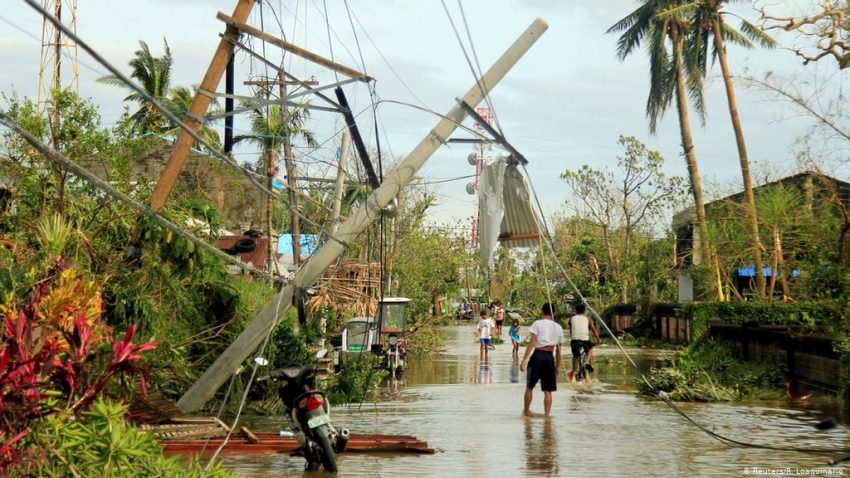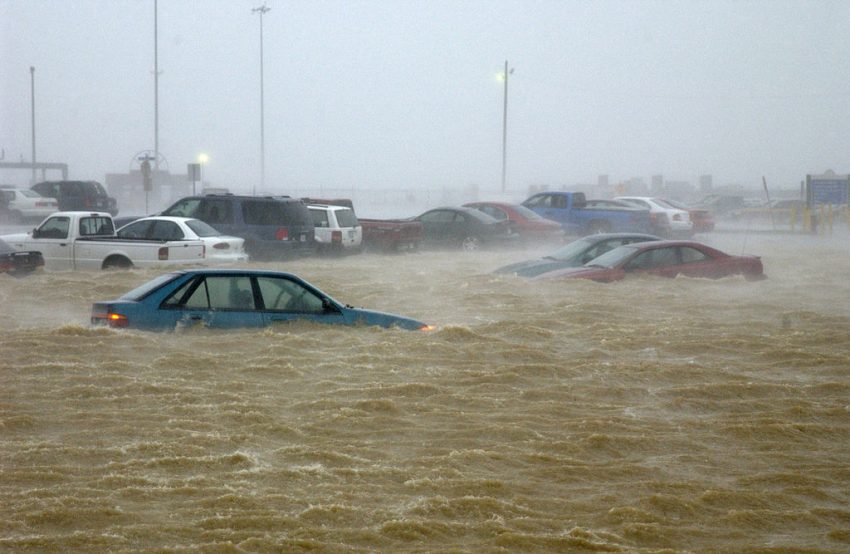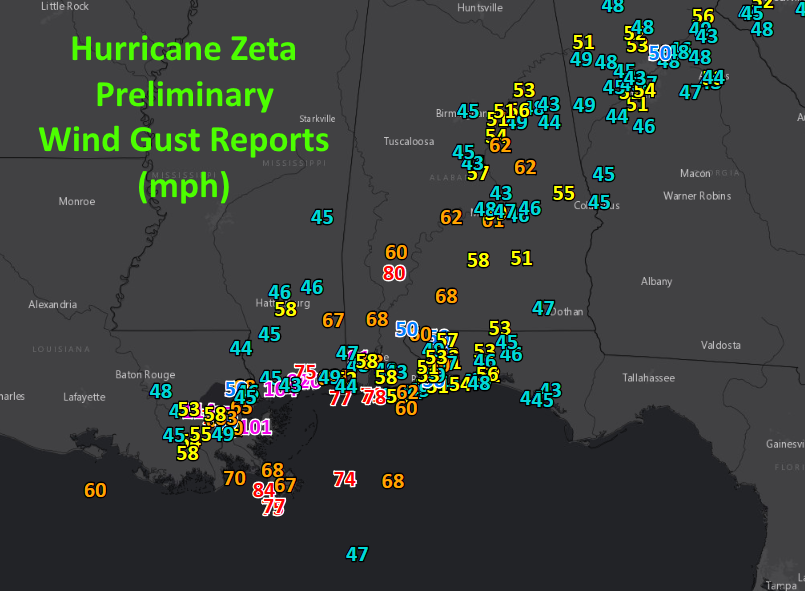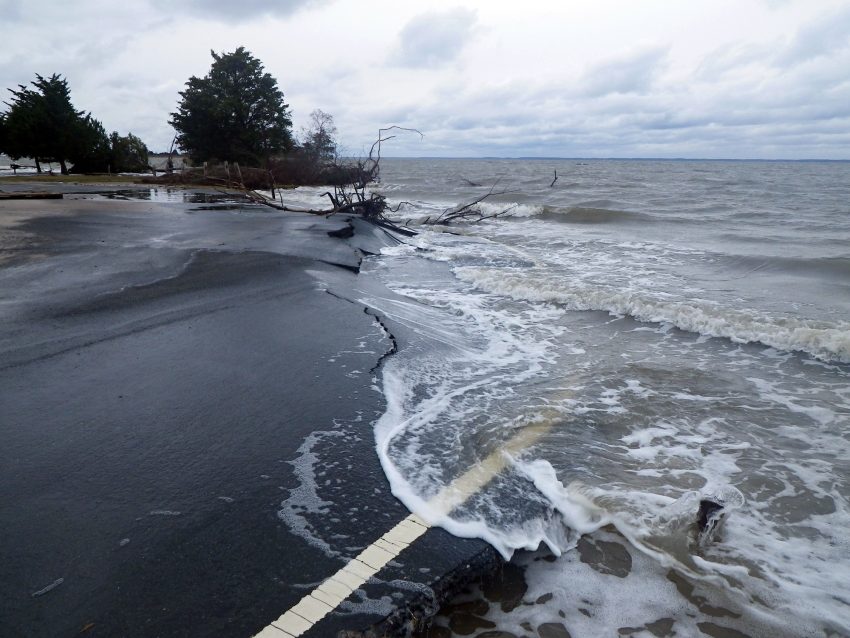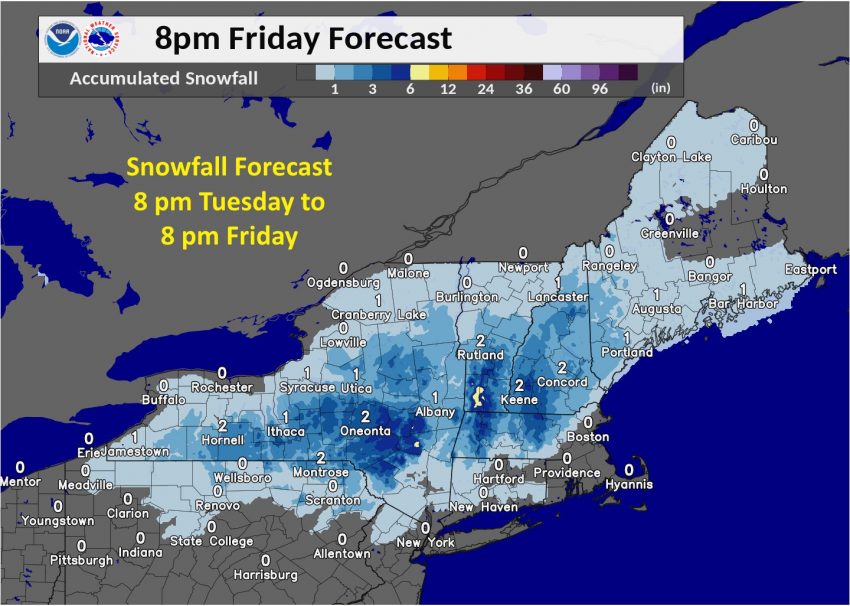Typhoon Goni Slams The Philppines!
After making a first landfall on the island of Catanduanes early Sunday morning, Typhoon Goni continued on a destructive path across the archipelagic country, making four additional landfalls on the island of Luzon throughout the day on Sunday. Goni, which has been dubbed a “Super Typhoon”, had maximum sustained winds of 195 mph (314 kph) at the time of its initial landfall. This makes Goni the strongest landfalling tropical cyclone ever recorded on Earth, surpassing the record of 190 mph (306 kph) set by both Super Typhoons Haiyan (2013) and Meranti (2016) respectively.
Super Typhoon Goni’s devastating landfall in Catanduanes.
A heartbreaking moment for the Philippines. pic.twitter.com/GRDQkvRDu6
— Dakota Smith (@weatherdak) October 31, 2020
The devastation in the wake of Goni was more evident on Monday as the damage was able to be assessed. As of now, 17 people have been confirmed dead, while up to 390,000 people have been displaced from their homes. As if the ferocious winds weren’t enough, a storm surge of 16 feet (4.9 meters) levelled around 13,000 homes at the coast, meanwhile, relentless rainfall triggered massive mudslides and flash flooding which contributed to the destruction of more homes further inland. Although the capital city of Manila was narrowly missed, the storm knocked out power to 125 cities and towns to the south of it. One such town was Virac, where 90% of the homes have been destroyed.
#GoniPH: Video shows major flooding in Camalig, #Philippines following the landfall of Super Typhoon #Goni (#RollyPH).#CycloneGONI 🌀#PrayForPhilippines pic.twitter.com/IQ37JFPMch
— Rahul Upadhyay (@rahulrajnews) November 1, 2020
In the province of Albay, torrential rains from Goni caused boulders and voracious mudflows to pour down the sides of Mayon Volcano, inundating villages below it. The volcanic mud and rocks have not only buried more than 300 hundred homes, but several people are presumed to be buried alive in the debris as well. One of the victims, a 5 year old boy, was found 9 miles (14 kilometers) from the volcano, his body being swept away in the mudflow.
Super Typhoon GONI has slammed the Philippines. This has led to widespread flooding, displacement of settlements and residents, and massive damage to aging critical infrastructures. https://t.co/yqwoNpUp3X
— Garfield Wayne, PhD (@GarfUrbanism) November 1, 2020
Goni, the 18th tropical cyclone to strike The Philippines this year, comes on the heels of Typhoon Molave, which struck the country just last week. Molave, a much weaker storm, was responsible for 22 deaths. Currently a tropical storm, Goni is churning in the South China Sea, and is expected to reach Vietnam later this week. Further strengthening of the storm is not anticipated.
President Duterte surveys damage caused by deadly Typhoon Goni https://t.co/SdvUZcZ6Np pic.twitter.com/HRwTPgZvdo
— ESN (@evnsocial) November 3, 2020
